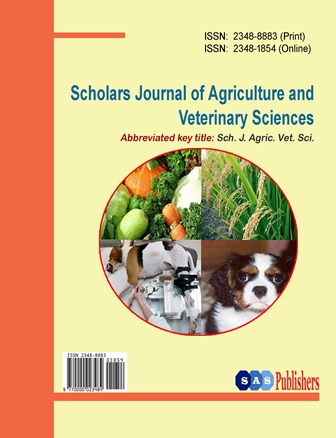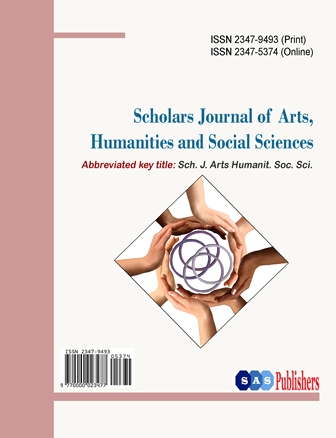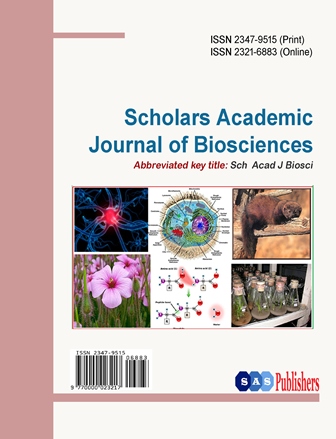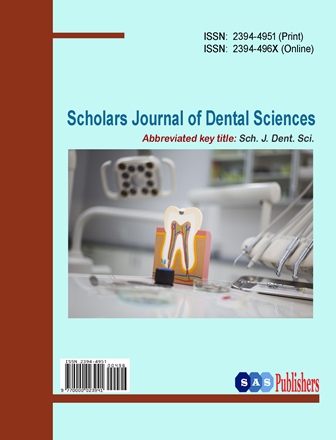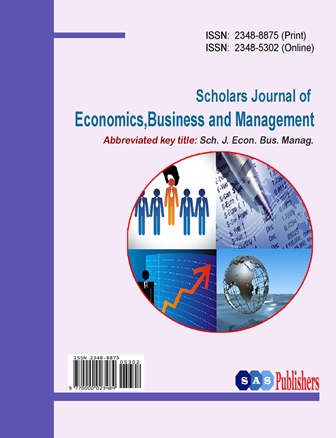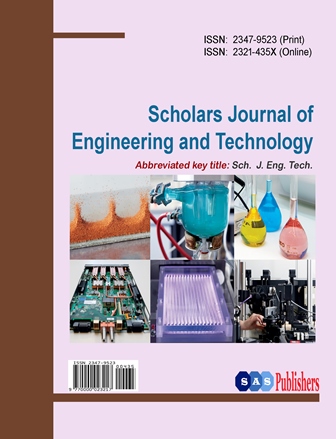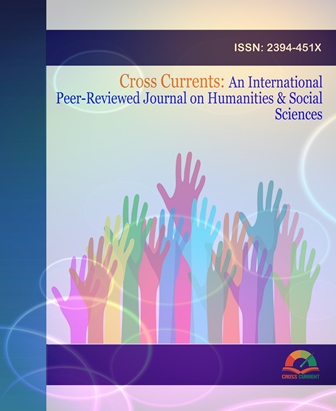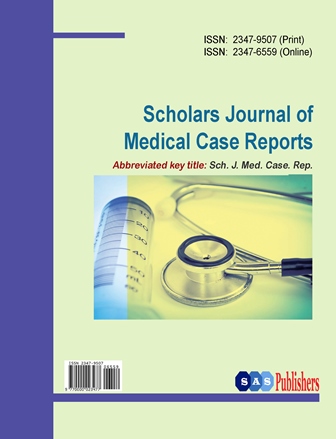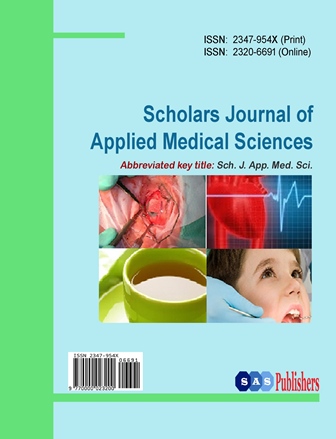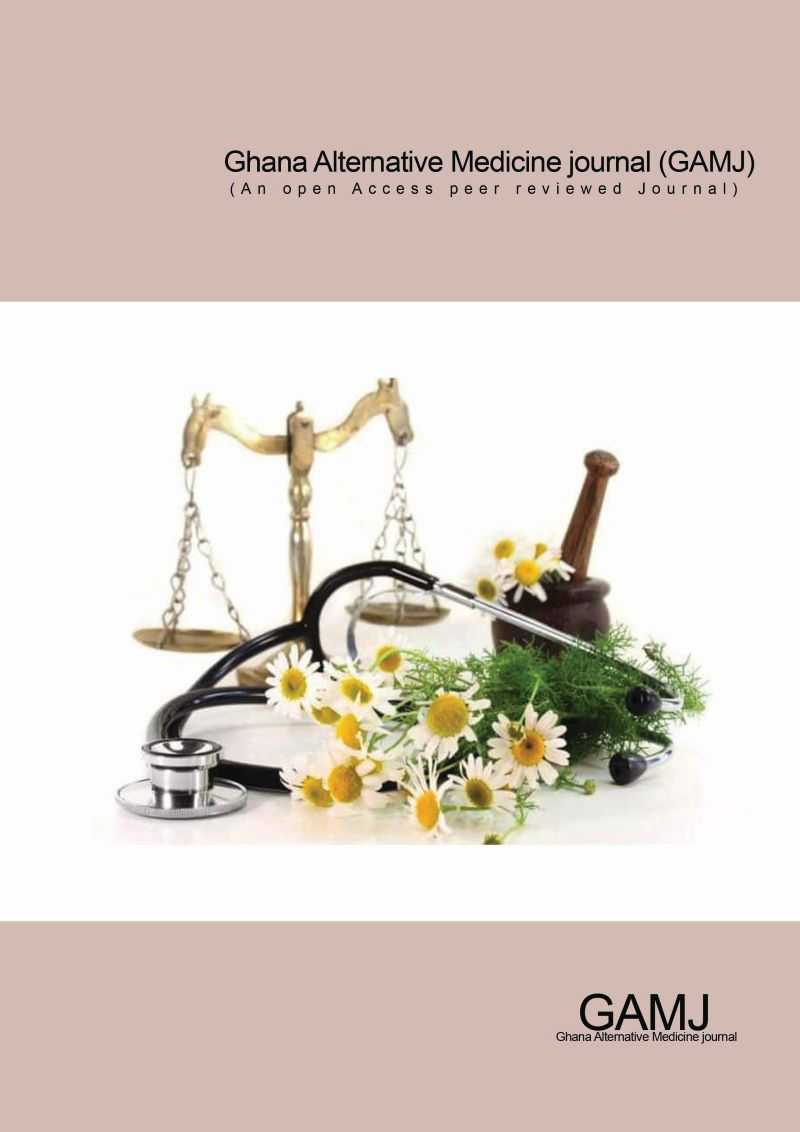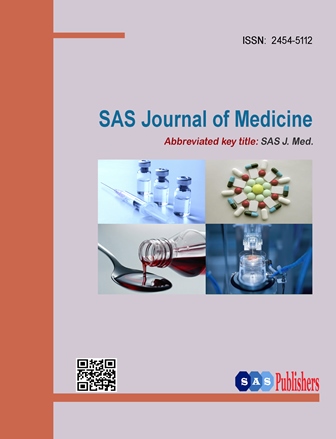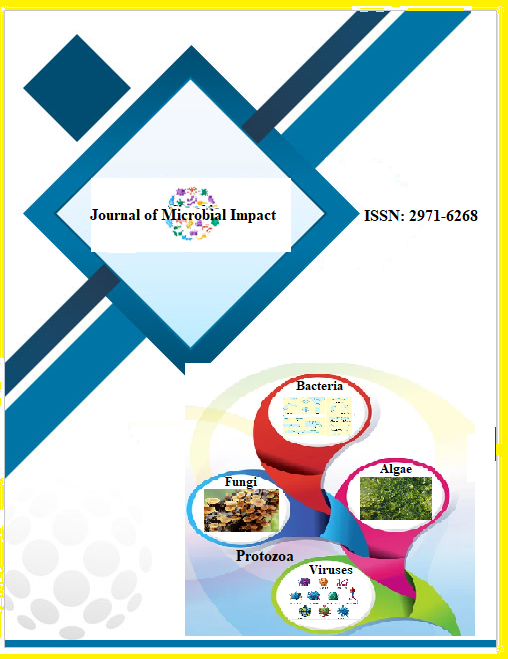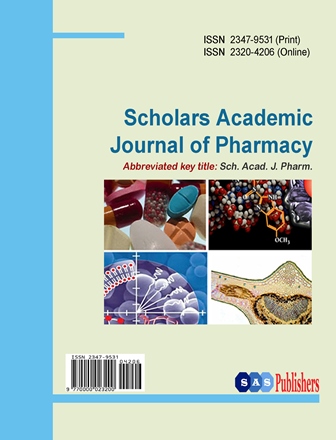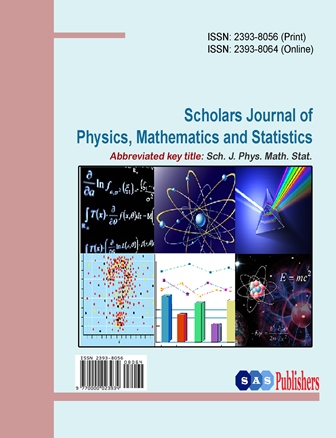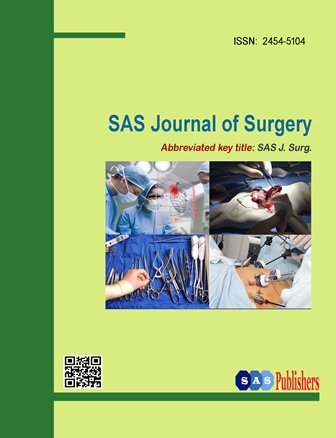+91-9365665504
+91-8724002629
submit@saspublishers.com / saspjournals@gmail.com

An International Publisher for Academic and Scientific Journals
Author Login

Welcome to
SAS Publishers
Exploring scholars to success, devoting it works in education and research
Publish with us

Join Us
Membership
Benefits includes waivers against publication fees, fast track publication,
chance to host International / National conferences that we organize and much more...
chance to host International / National conferences that we organize and much more...
Apply for membership
Our Mission
To provide recent updates on the discoveries, developments and on-going activities in the areas of science and technology to the academicians, researchers and scholars seeking information, in an easy accessible manner.
Our Vision
To ensure the high quality of published research and review articles. SAS Publishers is committed to timely and effective publication of peer reviewed, high standard quality work. Reputable editorial members from different disciplines and specializations are dedicated to an efficient and constructive review process to maintain international research publishing standards.
93+
Journals
1001+
Memberships
47000+
Articles Published
2500+
Editors & Reviewers
Recently Published Articles
Oct. 21, 2024 | Original Research Article
Exploring the Relationship between Vitamin D Deficiency and Disease Activity in Rheumatoid Arthritis Patients
Dr. Muhammad Shahidullah, Dr. Md. Mustofa Kamal Uddin Khan, Dr. Md. Lokman Hossain Talukder, Dr. Tahmina Akter
SAS J Med | 1253-1258
DOI : https://doi.org/10.36347/sasjm.2024.v10i10.048
Oct. 21, 2024 | Original Research Article
Gestational Trophoblastic Tumours: Experience of the Oncology Department of the Moulay Ismail Military Hospital in Meknes (10 Cases)
M. Toreis, A. Z. Bazine, Y. Touimri, M. Fetohi
SAS J Med | 1219-1252
DOI : https://doi.org/10.36347/sasjm.2024.v10i10.047
Oct. 21, 2024 | Review Article
Optimising Warehouse Navigation: A Novel Two-Dimensional Grid Model for Robot Path Planning in Warehouse Logistics
Paarth Sonkiya
Sch J Eng Tech | 314-323
DOI : https://doi.org/10.36347/sjet.2024.v12i10.003
Oct. 21, 2024 | Review Article
The Right to a Healthy Environment in the Democratic Republic of Congo: An Anthropocentric Conception
Gabriel Ajabu Mastaki
Sch J Arts Humanit Soc Sci | 304-311
DOI : https://doi.org/10.36347/sjahss.2024.v12i10.003
Oct. 21, 2024 | Case Report
Type I Branchial Cyst of the Sedunda Cleft Uncommon presentation: Case Report
M.D Yessenia Mariuxi Aguilar Duran, MD Katherine Elizabeth Córdova González, MD Nicole Dayanara Chaquinga Moya, MD Maria Alexandra Montesdeoca Fiallos, MD Joselin Tamara Jaya Chávez
Sch J Med Case Rep | 1793-1797
DOI : https://doi.org/10.36347/sjmcr.2024.v12i10.045
